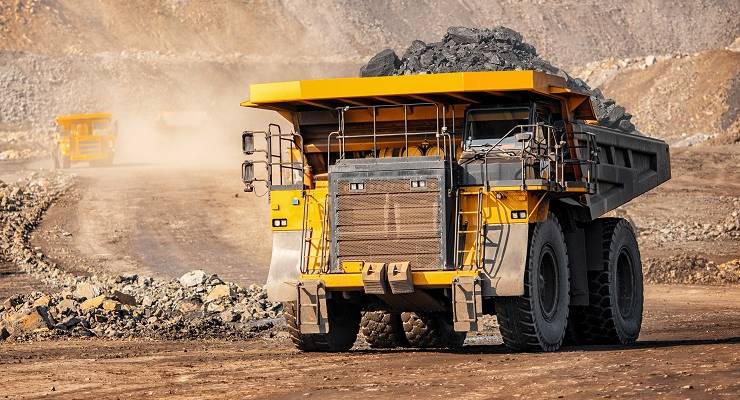
Collinsville was once considered so left-wing that it earned itself the nickname “little Moscow”.
Now, the tiny mining town in northern Queensland is at the centre of a bitter dispute over coal-fired power between moderate Liberals and conservative Nationals.
The government announced over the weekend that it would spend $4 million on a feasibility study looking into replacing the town’s decommissioned coal-fired power plant. It follows a relentless campaign for new coal projects by rebel Queensland Nats, who are driving a wedge over climate in the Coalition as they eye the upcoming state election.
Labor has branded the investment “hush money” for the Nationals, whose pro-coal agenda is wreaking havoc on the government.
So how did this little town become the latest battleground in Australia’s deepening climate wars?
The Nationals promised a new coal plant for Collinsville during the last federal election, saying it would lower energy prices and bring jobs to the struggling region.
It was an election promise they say paid off, helping the Coalition secure its “miracle” win thanks to big swings in the seats of Herbert, Dawson, Capricornia and Flynn.
But with inner-city Liberals urging action on climate change, the project was put on the go-slow, prompting a fiery exchange between former resources minister Matt Canavan and Prime Minister Scott Morrison in October.
The Nats say the project will help breathe life into the dying town. It’s a claim that resonates with Peter Ramage, a Collinsville local and former Bowen Shire Councillor.
“People have invested their livelihoods here. They want to leave their assets to future generations,” he told Crikey.
But Ramage, a rusted-on Labor supporter, says the town also wants new renewable energy projects, and is home to one of Australia’s largest solar farms.
“Any good project” will have support, he says.
Collinsville is located 270km north-west of Mackay, in the LNP electorate of Capricornia. While the region still takes in large amounts of farm land, its economy and workforce is increasingly dominated by the mining industry.
The Collinsville Coal Mine is Queensland’s oldest coal mine, and has operated on and off for 100 years. The town itself stands as a shrine to the mining industry. The local pub, the Collinsville Workers Club, doubles as a museum that pays tribute to workers who have died in the coalfields. It also lays bare the town’s history as a Labor heartland.
But shifting labour dynamics, such as casualisation and generational change, have seen the town’s population shrink. It’s also seen a new mix of politics enter the region.
Ramage says Collinsville has always had a history of hardship and struggle, and its reputation as a staunch union town has meant politics is never far away.
“Whether it’s a power station or coal mine, it always becomes a political football,” Ramage says.
But despite the need for jobs, experts say there is no market for a new coal-fired power plant in Collinsville — or anywhere.
“Most of the industry has come to the conclusion that investing in coal-fired power is a dumb idea,” Tony Wood, energy director at the Grattan Institute says. “The only way it would work is if the government pretended climate change was not happening and they underwrote any future carbon price.”
Samantha Hepburn, the director of the Centre for Energy and Natural Resources Law at Deakin University, said a new coal-fired power plant would kill off any hope of Australia reaching its Paris climate accord targets.
“The only way to achieve our net goals is to close down our coal-fired plants, which is what is happening around the world,” she says.
Even Ramage, who is desperate to save the town he has lived in most of his life, is pragmatic.
“Just focusing on coal is wrong. There’s lots of other things out there.”








Crikey is committed to hosting lively discussions. Help us keep the conversation useful, interesting and welcoming. We aim to publish comments quickly in the interest of promoting robust conversation, but we’re a small team and we deploy filters to protect against legal risk. Occasionally your comment may be held up while we review, but we’re working as fast as we can to keep the conversation rolling.
The Crikey comment section is members-only content. Please subscribe to leave a comment.
The Crikey comment section is members-only content. Please login to leave a comment.